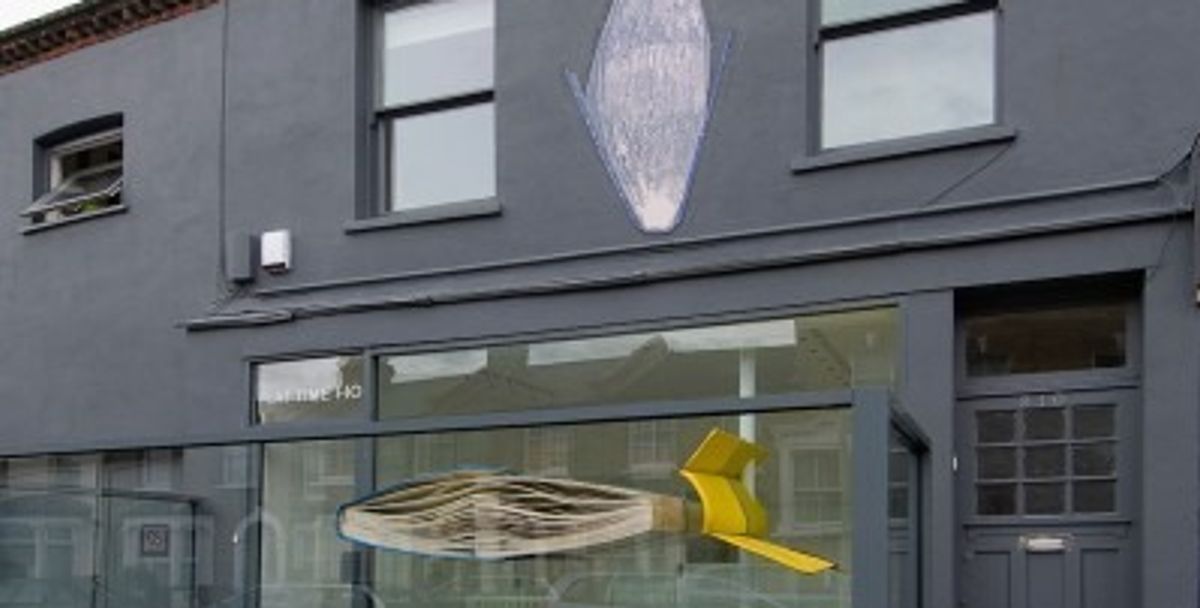Flat Time House Institute, the former home and studio of the late British artist John Latham in Peckham, south London, reopened yesterday, 6 April. The space was saved from permanent closure by the Santarelli Family and the Dino and Ernesta Santarelli Foundation, which agreed to buy the building at 210 Bellenden Road last year after a public campaign to raise more than £1m failed to meet its target.
Latham considered Flat Time House a "living sculpture", and gave different human attributes to each room, referring to the archive and office as the “brain” and the studio and gallery space as the “hand”. The institute’s “face” is the building’s distinctive exterior, with a large sculpture by Latham of two books protruding through the front window. Flat Time House opened to the public in 2008, two years after the artist’s death, but his estate announced five years later that it could no longer afford to support the project and would need to sell the building. The space closed last summer, and alternative plans for the institute and its archives were drawn up.
The Dino and Ernesta Santarelli Foundation approached Flat Time House and the estate of John Latham last year with an offer to buy the building that houses the institute as well as two residential properties, says the institute’s director Gareth Bell-Jones. The non-profit Santarelli foundation supports historical art linked to Rome, where it is based. “The Santarelli family first came across John Latham’s work in 2014 at La Triennale di Milano," the foundation said in a statement. "Deeply touched by the exhibition, the family saw parallels in the development of Latham’s work and the history of Italian art from the 1960s.”
The artist's estate will continue to partially fund the institute with an annual grant. Flat Time House is also supported by Arts Council England and The Estate of Barry Flanagan.
The institute reopened with the group exhibition Living Sculpture (until 21 May), which includes work by Latham that has not been publicly shown before, as well as new pieces by Laure Provost, Anna Barham, David Toop and Giles Bailey. “We can be very optimistic [as] we have already secured funding towards future programming,” Bell-Jones says.
“The news that Flat Time House is to be preserved is urgent indeed," says Hans Ulrich Obrist, the artistic director of the Serpentine Galleries, which are currently hosting exhibitions dedicated to Latham and the artists inspired by him, in a statement. “It is the Serpentine’s huge pleasure to partner on this series of activities taking place in what John Latham himself deemed a ‘living sculpture’.”


